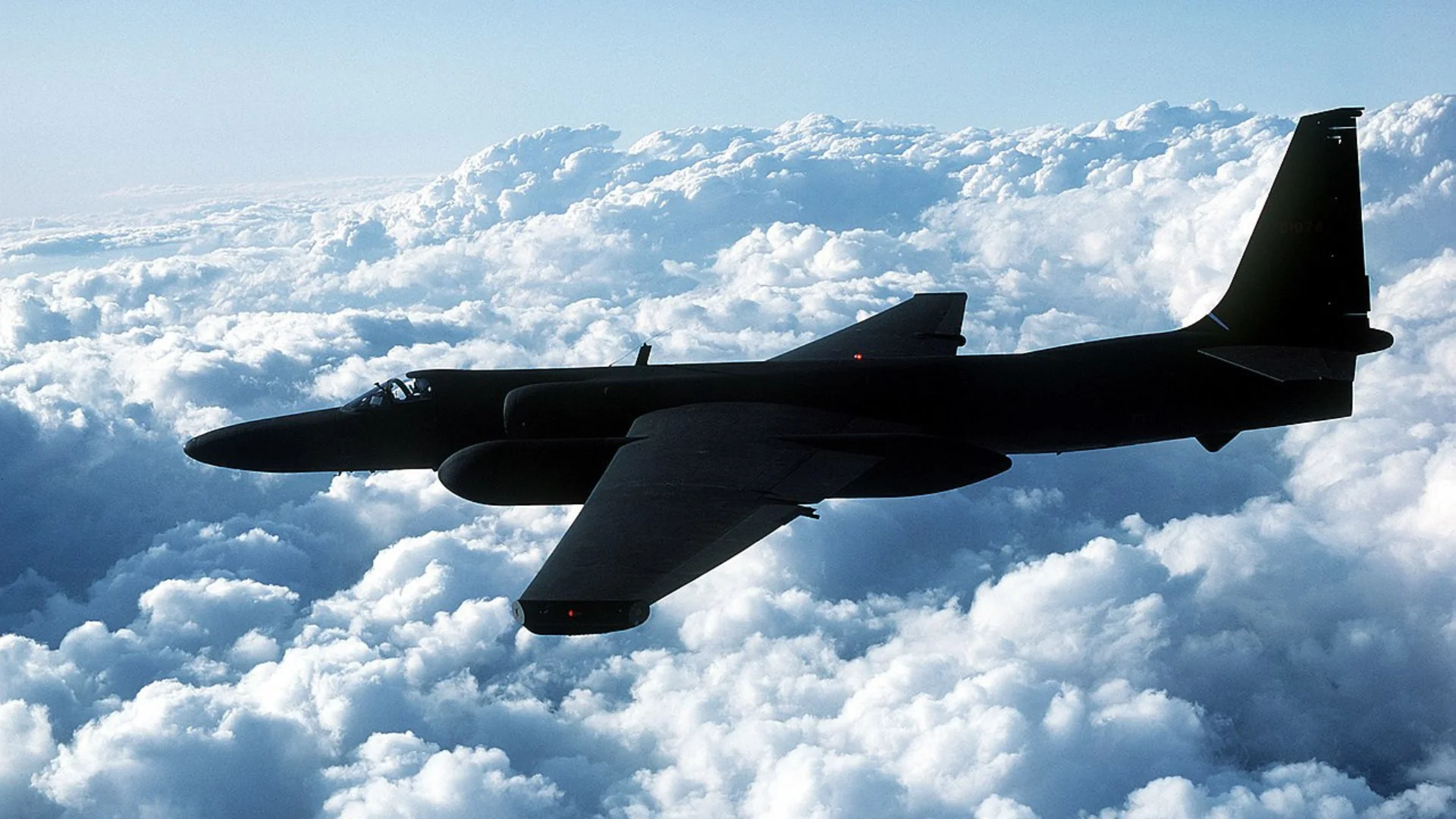NASA operates two modified ER-2 versions based at Armstrong Flight Research Center in Palmdale, California. These are used as flying laboratories for earth science research under NASA’s Science Mission Directorate.
Initially equipped with film cameras requiring physical retrieval of imagery, today’s U-2s feature modern sensors capable of streaming data mid-flight. Despite these upgrades, their vulnerability has persisted since inception; one was famously shot down by a Soviet missile in 1960 and another over Cuba in 1962. Several others were lost over Communist China while operated by Taiwan on behalf of the CIA.
Currently, operating environments for the U-2 have shifted due to advancements in air defense systems among potential adversaries such as China and Russia. The aircraft is now mainly used for surveillance along permissive borders—including monitoring drug cartel activity near Mexico—and international airspace patrols.
Of all units produced:
- At least seven have been lost to enemy fire.
- More than three dozen have been written off due to mishaps.
- Around ten are preserved on public display across museums in the United States and Europe.
According to records from Aviation Safety Network, a total of 44 have been destroyed through crashes or hostile action since their introduction.
No U-2s are listed as stored at Davis-Monthan Air Force Base's boneyard; some retired airframes may be cannibalized for parts or held elsewhere out of public view.
The average age of currently flying airframes is around three decades old—newer compared to other legacy bombers like the B-52 Stratofortress—but their future remains uncertain. In April 2024, another long-serving example was retired after nearly four decades in operation.
In terms of planned retirement, it was announced in 2024 that all USAF Dragon Ladies could be withdrawn by fiscal year (FY) 2026. However, congressional actions may limit divestment: Section 8151 of a subcommittee’s FY26 defense bill states funds cannot be used "to divest or prepare to divest more than eight U-2 aircraft." This provision could result in a reduced but ongoing fleet beyond FY26 rather than complete retirement.
"None of the funds appropriated or otherwise made available by this Act may be used to divest or prepare to divest more than eight U-2 aircraft," according to language included by lawmakers concerned about retaining certain capabilities within permissive environments.
By late FY26 it is possible that only NASA will continue flying ER-2 derivatives if full retirement proceeds; otherwise, a smaller USAF fleet may persist into subsequent years while debate continues regarding force structure priorities against emerging threats.
 Alerts Sign-up
Alerts Sign-up




































